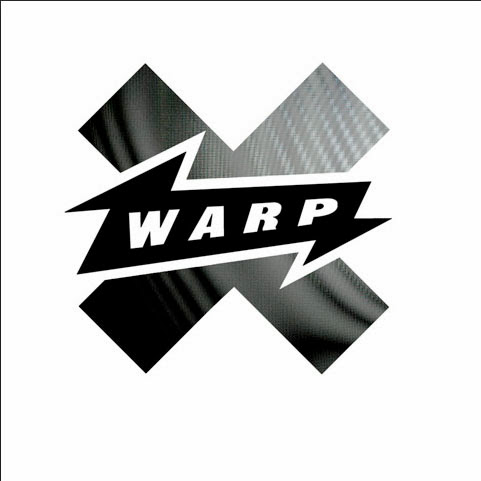Some of Hitchcock's devices that were commonly used in his films was suspense, the audience as voyeur (practice of spying on people engaged in intimate behaviour) and the MacGuffin. Some of his most famous films that portray these elements are Psycho, Rear Window and The Birds.
As mentioned earlier Hitchcock was famous for making the term popular and it was first prominently used in his 1935 film, The 39 Steps. Hitchcock explained the term; "It is the mechanical element that usually crops up in any story. In crook stories it is almost always the necklace and in spy stories it is most always the papers".
The term MacGuffin can be commonly associated with the thriller genre but it has a broad definition that can be readily applied to all films. In fiction, a MacGuffin is a plot device in the form of some goal, desired object, or other motivator that the protagonist pursues, often with little or no narrative explanation as to why it is considered so important. The specific nature of a MacGuffin is typically unimportant to the overall plot. The most common type of MacGuffin is an object, place or person. However, a MacGuffin can sometimes take a more abstract form, such as money, victory, glory, survival, power, love, or even something that is entirely unexplained, as long as it strongly motivates key characters within the structure of the plot.
Examples of MacGuffin's in other films include: the meaning of 'Rosebud' in Citizen Kane, the 'Rabbit's Foot' in Mission Impossible 3 and the briefcase in Pulp Fiction.



















